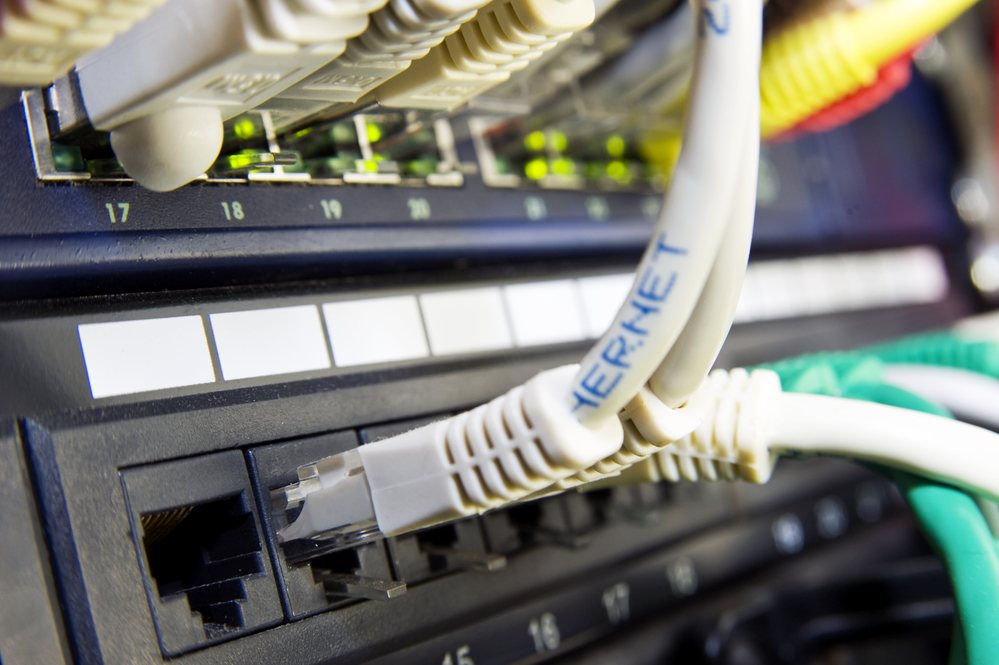The global Coronavirus pandemic has ground a lot of things to a halt, but not IT. While millions of workers transitioned to work from home, IT teams were left to make it happen. And case-by-case, business-by-business, IT teams worldwide did just that.
Now, what seemed like a sea-change in connectivity models just weeks ago is the new normal, but that doesn’t mean the work is over. Now that we’ve settled in for the long haul, the real work of maintaining networks and connectivity, and supporting hundreds, or potentially thousands of users connected at home begins. And, to add another layer of abstraction, most IT pros must do all of this while working from home themselves.
So, when you’re so far away from your actual physical network, how can you make sure it’s working correctly, and stay on top of issues before they impact your users? Well, I may be a little biased, but my first suggestion would be network monitoring.
Whether you’re at home or in the office, a network monitoring tool will give you the network visibility necessary to keep a proactive approach to solving network issues—even from your couch.
One specific aspect of network monitoring that can be particularly useful when working remotely is configuration and change management. In this post, I’ll take you through what that means, and how it can help keep your network devices online and running smoothly.
Want more tips on remote network management? Check out our recent posts on keeping your users online and connected to your VPN, and if you’re already using WhatsUp Gold, check out our product-specific how-to’s on monitoring Cisco ASA VPNs and checking in on WebEx and Zoom.
Configuration Matters
What causes the most downtime on your network? Is it software and hardware errors? Hackers? Power failures? Probably not. In most cases, the most common cause of network outages and performance issues is simple human error, resulting in a misconfiguration error. Often a planned change can go awry, and it can take hours to backtrack and find the exact culprit. When you’re working remotely, that process becomes all the more difficult.
The effect of misconfigurations can go beyond hurting network performance, too. It’s possible that a poorly configured server could even cause failure in compliance with regulatory standards such as SOX, PCI, HIPAA, HITECH, FISMA, and now GDPR. And if you’ve compromised compliance, there’s a good chance you’ve compromised security as well. That’s why it’s important to have a tool that can automate your configuration and change management tasks for devices like routers, switches, and firewalls.
How Configuration Management Helps
Automate Network Management Tasks
Administrators can set tasks to automate administrative jobs like running configuration backups, adding and removing users, and updating firmware or SNMP string. With these features, automation can save network teams valuable time in addition to eliminating human error during routine tasks.
Managing Routine Backups Remotely
In the event that a configuration is changed inadvertently or maliciously, you want to be able to revert to the prior configuration ASAP. With network configuration tools, admins can quickly recover recent configurations following any issue that affects configuration, and they can do it all through the dashboard of their NCM tool.
Automate Alerts and Change Management
A good NCM will send automated alerts from network devices on the event of a configuration change. In WhatsUp Gold, you can set up Slack, IFTTT, SMS, or email notifications so that you're first to know when things change. From there you can set Action Policies to backup the new configuration or you can run a change analysis that produces a text-based comparison of old and new configurations highlighting the differences.
Monitoring From Home With WUG
With WhatsUp Gold’s Configuration Management module, you get the ability to automate configuration and change management for all of the routers, switches, and firewalls on your network, and the ability to archive and audit network configurations, as well as alerts and reports on any changes.
Of course, there's a lot more to keep track of than configuration changes. With WhatsUp Gold, you can track anything with an IP, and keep track of both your on-premise network and your cloud environments—all from home.
